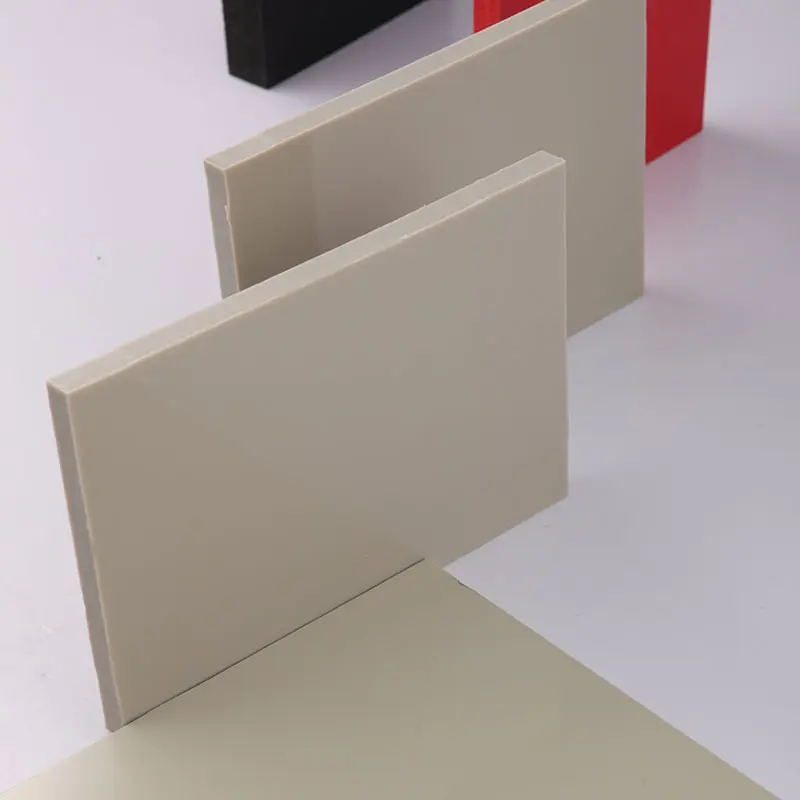Dec . 23, 2024 08:02 Back to list
pvc irrigation pipe sizes
Understanding PVC Irrigation Pipe Sizes
When it comes to agricultural irrigation systems, selecting the right materials is crucial for efficiency and longevity. Among the various options available, PVC (Polyvinyl Chloride) irrigation pipes stand out due to their durability, resistance to corrosion, and ease of installation. A key aspect of designing an effective irrigation system is understanding the different sizes of PVC pipes and how they impact water flow and system performance.
The Importance of Pipe Size
The size of PVC irrigation pipes is pivotal in determining the system's capacity to deliver water. The dimensions of the pipe influence the flow rate, water pressure, and overall efficiency of the irrigation system. Choosing the appropriate size ensures that crops receive adequate water in a timely manner, which is critical for maximizing yield.
PVC pipes come in various diameters, typically ranging from 1 inch to 12 inches or more, depending on the application. The most commonly used sizes for agricultural irrigation are 2-inch, 3-inch, and 4-inch pipes. Selecting the right size will depend on several factors, including the type of crops, the design of the irrigation system, and the water source.
Key Factors Influencing Pipe Size Selection
1. Water Flow Requirements Different crops have varying water requirements. High-demand crops like rice or corn may need larger diameters to accommodate higher flow rates, while low-demand crops might do well with smaller pipes. Understanding the flow rate (measured in gallons per minute or liters per second) needed for your specific crops is essential.
2. Length of Pipe Run Longer pipe runs can lead to friction losses, which can affect water delivery. The longer the pipe, the larger the diameter might need to be to maintain effective water flow. It's important to consider the distance the water needs to travel when selecting pipe size.
3. Pressure Loss PVC pipes have a pressure rating, commonly measured in PSI (pounds per square inch). Larger diameter pipes generally experience less friction, resulting in lower pressure loss. This is particularly important in high-pressure irrigation systems that rely on pumps to deliver water.
4. System Design The layout of the irrigation system also influences pipe size selection. Main lines typically require larger pipes to handle the bulk of water flow, while lateral lines can be smaller since they deliver water directly to the plants.
5. Installation and Cost While larger pipes can provide more efficient flow, they also come with increased material costs and installation complexities. Balancing cost-effectiveness with performance needs is crucial in the planning phase.
pvc irrigation pipe sizes

Common PVC Pipe Sizes and Their Applications
- 2-inch PVC pipes Ideal for smaller systems or garden beds
. They can handle an adequate flow rate for vegetable gardens or small orchards, thus providing sufficient irrigation without excessive runoff.- 3-inch PVC pipes Suitable for moderate-sized projects, such as larger landscaping or small crop fields. They support a more significant water flow and can manage a higher number of sprinkler systems.
- 4-inch PVC pipes Often used in larger agricultural setups, these pipes can efficiently transport water across extensive fields and are commonly found in mainlines of more complex irrigation systems.
Best Practices for Selecting and Installing PVC Irrigation Pipes
- Always consult with a water management specialist or an irrigation expert to assess your specific irrigation needs based on crop type and growing conditions.
- Consider climate factors, such as seasonal variations in water availability, which can influence the effectiveness of different pipe sizes.
- Ensure that installation adheres to local regulations and standards for agricultural irrigation systems, which can vary based on region.
- Regular maintenance and checks of the irrigation system can prevent clogs and inefficiencies that could arise from inappropriate pipe sizing.
Conclusion
Choosing the correct size of PVC irrigation pipes is a critical step towards successful agricultural irrigation. By understanding the relationship between pipe size, water flow, and system design, farmers can optimize their irrigation systems for better crop yields and sustainable water use. Whether you are working on a small garden or a large agricultural enterprise, making informed decisions about PVC pipe sizes will lead to a more efficient and productive irrigation system.
-
Durable PP Rigid Sheet: Lightweight, Chemical Resistant Solutions
NewsAug.21,2025
-
PVC Grey Sheet for Extraction: Chemical Resistant & Durable
NewsAug.19,2025
-
Durable PVC Pipe Fittings for Plumbing & Irrigation Needs
NewsAug.18,2025
-
HDPE Steel Belt Reinforced Spiral Corrugated Pipe | High Strength
NewsAug.17,2025
-
HDPE Pipe Fittings: Durable, Leak-Proof Solutions
NewsAug.16,2025
-
Premium CPVC Sheet: High-Temp & Chemical Resistant Solutions
NewsAug.15,2025

